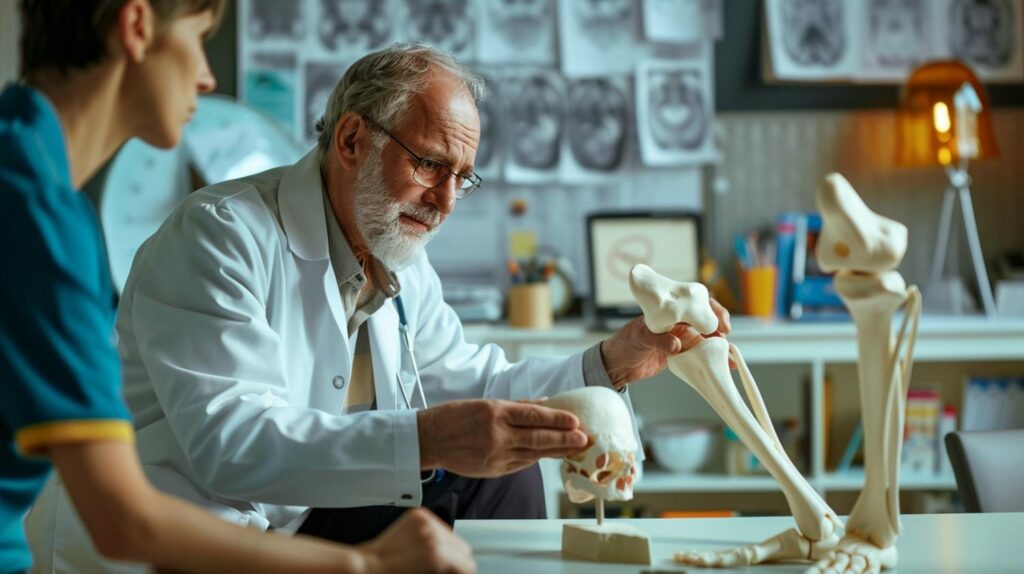Our bone marrow, a fatty, jelly-like substance inside our bones, produces 500 billion new blood cells daily. Hematopoietic stem cells drive this process by generating all blood cell types and regenerating themselves to maintain steady blood production.
As hematopoietic stem cells age, they lose functionality, increasing the risk of diseases like blood cancers. While we know disease risks vary among individuals, it’s surprising how little we know about whether these stem cells age differently between people.
Jennifer Trowbridge from the Jackson Laboratory said, ” If you gather a room full of 50-year-olds, some will have gray hair, some will have mixed gray, and some won’t have any gray hair. You’d expect the same variation in hematopoietic stem cells, but this hasn’t been studied directly until now.”
Because hematopoietic stem cells are rare, researchers usually study them in groups. In a paper published in Blood, Trowbridge and her team studied these stem cells individually in nine genetically identical middle-aged mice. This is the first detailed look at how small changes in the bone marrow environment affect stem cell aging in individual mice.
Trowbridge and her team found that even though the mice were the same age, their hematopoietic stem cells aged differently. They could predict stem cell function based on the activity of two growth factors, Kitl and Igf1, also found in humans.
These growth factors are produced by mesenchymal stromal cells (MSC) in the bone marrow. By studying the RNA in MSCs, Trowbridge discovered that lower levels of these growth factors matched aging patterns in stem cells.
The amount of growth factors directly relates to the declining function of stem cells, showing more variation than other bone marrow cells. This provides a clear view of the aging process at the cellular level.
Trowbridge explained that in humans, who have diverse genetics and lifestyles, variations in hematopoietic stem cell aging are likely even greater than in controlled animal models. Although this study didn’t explore whether stem cell aging directly causes health issues, these variations likely affect health outcomes in both mice and humans.
The study found that hematopoietic stem cells age differently in genetically identical mice, suggesting that stem cell aging could vary even more in humans due to genetic and lifestyle differences.
The researchers identified two growth factors, Kitl and Igf1, influencing stem cell aging. This understanding could help develop ways to maintain healthier stem cells as we age.
Journal reference:
Maria A. Telpoukhovskaia, Kira A. Young, et al., Variation in Mesenchymal KITL/SCF and IGF1 Expression at Middle Age Underlies Steady-State Hematopoietic Stem Cell Aging. Blood. DOI: 10.1182/blood.2024024275.
>>> Read full article>>>
Copyright for syndicated content belongs to the linked Source : Tech Explorist – https://www.techexplorist.com/determine-bone-marrows-age/85424/#utm_source=rss&utm_medium=rss&utm_campaign=determine-bone-marrows-age
